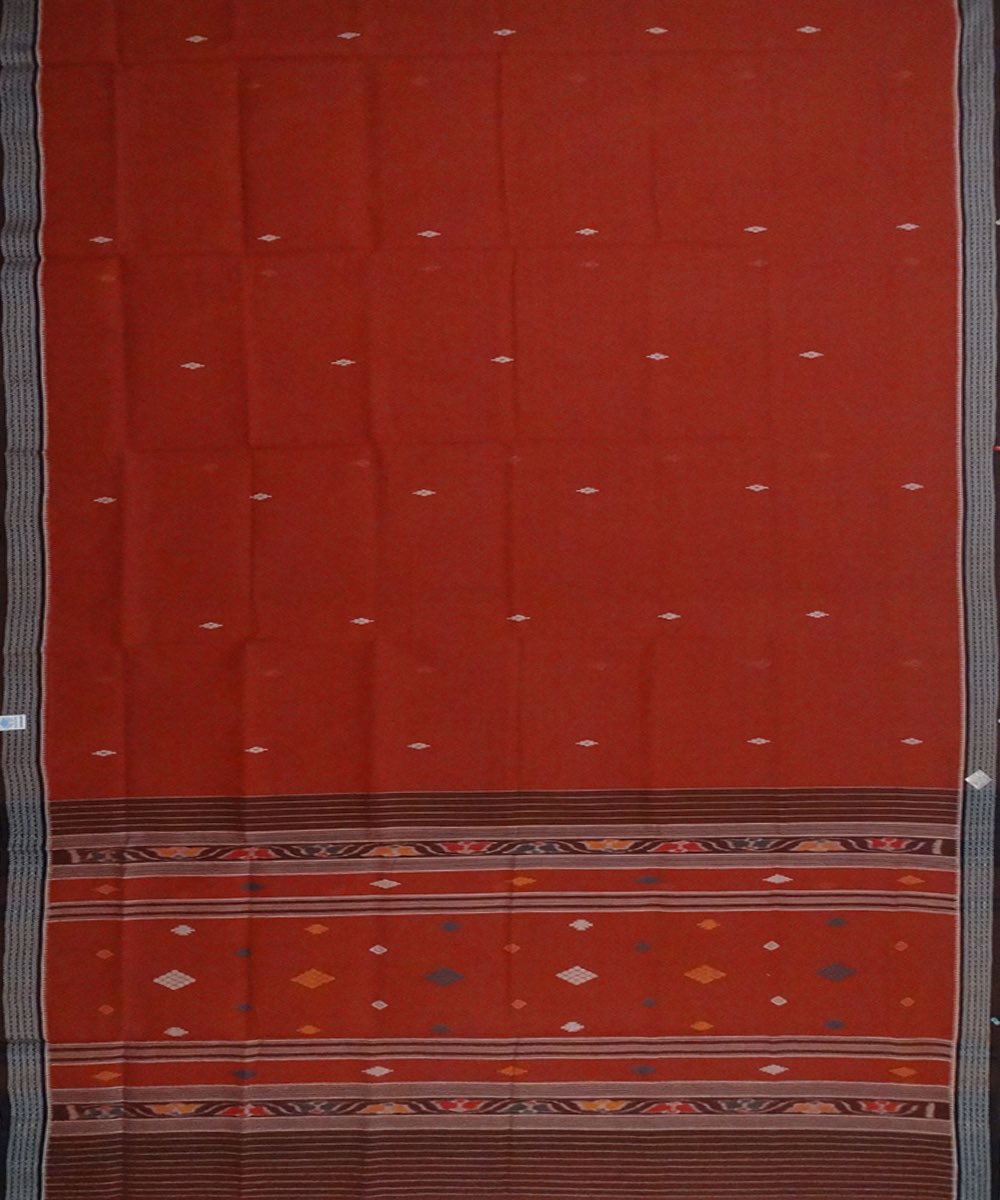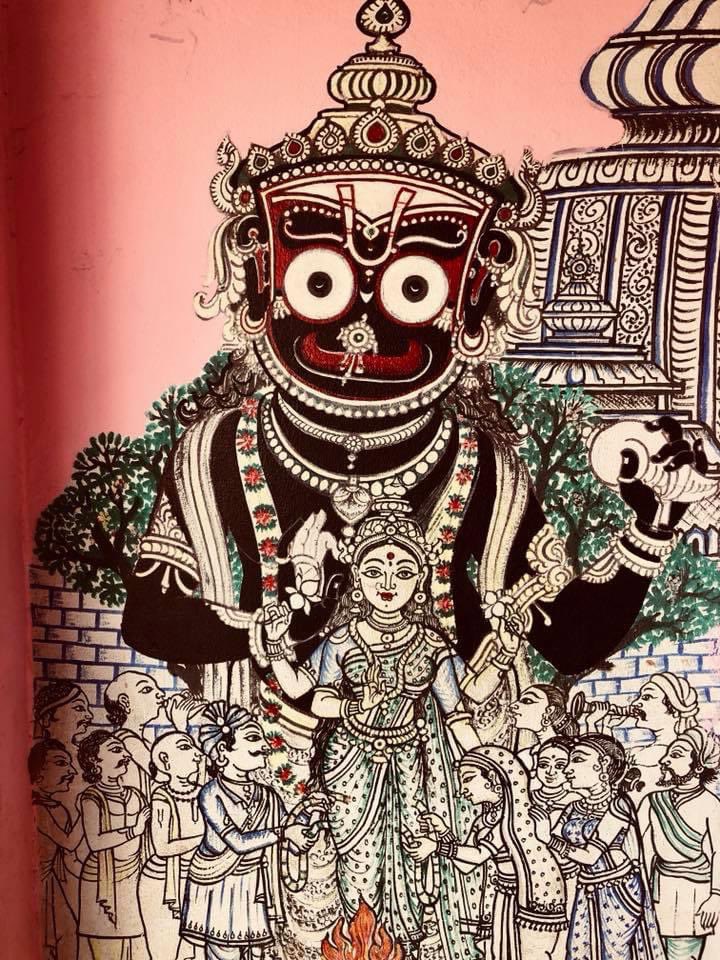
#thread #dhokra #dhokraart #BastarKiBaate #बस्तरकीबातें #Dhokra Dhokra is the craft of non–ferrous metal casting using the lost-wax technique. This technique has been in use in India for over 5000 yrs and is still being used in many parts of India. @jeetsingharya @rajat4bansal 

The famous dancing girl of Mohenjodaro is one of the earliest examples of the lost-wax technique made by the people of the Sindhu-Saraswati civilisation. Lost-wax technique was called मधूच्छिष्टविधान in ancient Sanskrit treatises on Shilpshastra. #BastarKiBaate #बस्तरकीबातें 

Dhokra artisans from the Kondagaon district of Bastar use the technique of lost-wax hollow casting to create exquisite objects. Witnessed this entire age-old process in the workshop of Rajendra Baghel, national award winning Dhokra artisan. #BastarKiBaate #बस्तरकीबातें 

Rajendra Baghel has created many museum worthy artefacts using this technique. He is the nephew of the legendary Bhupendra Baghel, who elevated the craft of Dhokra to the next level! You may contact him on 094242 91982 #BastarKiBaate #बस्तरकीबातें 

In this technique, the artisans first create a clay core which is roughly in the shape of the final cast image. The clay core is then covered by a layer of wax composed of pure bee wax, tree raisins and oil. #bastarkibaate #बस्तरकीबातें 

The wax is applied in an even layer and then thin stripes of the same wax are used to decorate the clay core in fine detail. This step can be done only by a master artisan, as the quality of wax detailing determines the fineness of the final product! 

The process of applying thin stripes of wax to form facial features of Murtis and the jewellery etc is a slow, painstaking, time-consuming process that requires a tremendous amount of skill and patience. 

The finished wax artefact is then covered with layers of a different kind of clay, sourced from ant-hills. This clay can withstand high heat. The function of this layer is to act as a mould for the metal that will be poured inside it. The artefact is then baked in a furnace. 

Drain ducts are left in the clay for the wax to fall out once the artefact is baked. The wax melts away leaving a cavity, into which molten metal is poured. Dhokra artisans of Bastar use all kinds of scrap metal as basic raw material, with brass scrap as the largest component. 

The metal is melted in underground furnaces and the red, hot liquid metal is poured into the now hollow clay moulds using the same drain ducts. The liquid metal poured in hardens in the space between the clay core and the inner surface of the mould replacing the melted wax. 

As the molten metal fills the mould, it takes the exact same shape as the wax. The mould is then allowed to cool naturally and then the outer layer of clay is chipped off. The metal object is then polished, scraped and finished manually, to get the final product. 

Creating Dhokra artefacts is extremely hard work. Every stage is labour intensive and involves considerable skill. Sometimes, air bubbles can get in due to a fault in the pouring technique, and the entire effort goes waste. Presence of a furnace makes the workspace extremely hot. 

Seeing Rajendra Baghel and his team of artisans at work was humbling. We were witnessing bell metal art being produced in pretty much the same way as it was used during the days of the Sindhu Saraswati civilisation. 





• • •
Missing some Tweet in this thread? You can try to
force a refresh


















